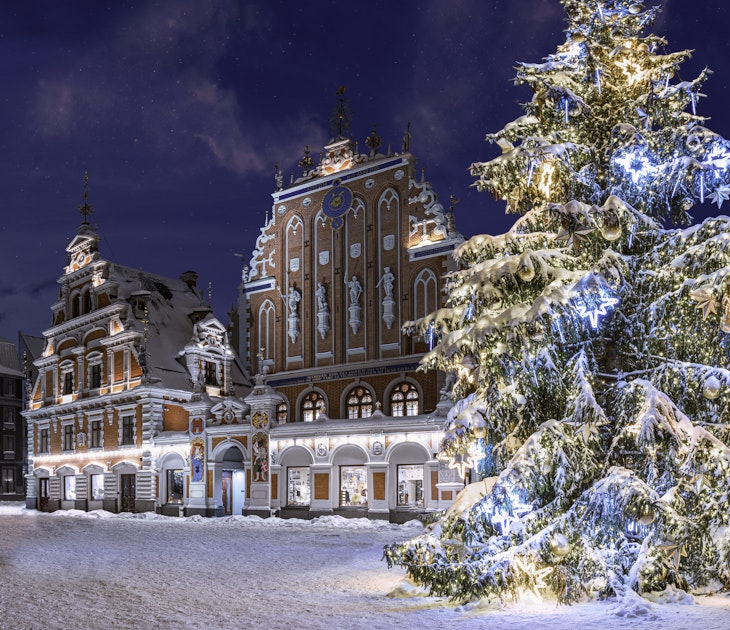
Wish you could work from Italy? You might soon with this new digital nomad visa

Apr 4, 2022 • 3 min read

Italy has approved a visa for remote workers © Getty Images
If you're a remote worker looking for a change of scene, consider the possibility that before long you could be working from the sunny terrace of a hilltop town or beachside city in Italy.
Italy's government is planning to launch a new "digital nomad" visa to encourage foreigners to spend a year working there remotely. According to The Local, a government decree was first introduced in January and voted into law on March 28.
Who can apply for Italy's digital nomad visa?
The law is aimed at "highly qualified" remote workers and freelancers who work from outside the European Union, including American and British citizens, Italian news outlet Il Sole 24 Ore reports.
Inspired by similar schemes in Germany, Malta, Croatia, Portugal, Estonia, and Norway, the Italian government is eager to bring in professionals who want to live and work there, not just vacation, to help diversify the economy.
Has your job gone remote? These countries are welcoming digital nomads

Since Italy is part of the European Union, any EU national can start working there without a visa or work permit, but anyone from outside the EU must apply for a visa (if staying for longer than 90 days) and a work permit. Applying for one can be a complicated process and it isn't always available to freelancers and remote workers.
It's hoped that the new digital nomad law could simplify the process and make living and working in Italy more accessible to foreigners. However, a number of specifics still need to be ironed out including who qualifies as a "highly qualified" worker. The government also needs to confirm whether visa holders can bring their families with them and if they can extend the one-year visa into a two- or three-year visa.
Furthermore these schemes tend to require proof of earnings so the government will need to set out the minimum income requirement for applicants. For example, Estonia, which launched its visa scheme in 2020, requires applicants to earn at least €3,504 (£2,934/US$3,843) a month. While Malta's nomad residence permit requires applicants to earn €2,700 (£2,230/US$2,963) a month.
7 tips for remote work from digital nomads around the world
When will the visa be introduced?
“We are happy to have approved the proposal but we are also aware of the next steps. The government has to work on a new bill to implement the law, defining all the procedures and details,” Italian MP, Luca Carabetta, told The Local, adding that the Ministry of Foreign Affairs will lead the process.
This means it could be a number of months before the application process is set out. We'll update this article as soon as the next steps are confirmed.
What other options are available to remote workers who want to live in Italy?
Visa options available to non-EU remote workers include the self-employment visa, intra-company visa, and the EU Blue Card.
When you get past the bureaucracy and secure your permit under the current schemes, you could join a program that helps remote workers get settled in Italy. Venice has one called Venywhere that helps remote workers find accommodation and a community network. Florence has a similar scheme called Be.Long for remote workers thinking of setting up shop in the Tuscan city.
You might also like:
The best work remote spots in the US: destinations for digital nomads
How digital nomads can find friends and a real-life community
Everything you need to consider before becoming a digital nomad
Explore related stories






 ShoppingNuremberg vs Cologne: which is the best Christmas market in Germany?
ShoppingNuremberg vs Cologne: which is the best Christmas market in Germany?Nov 7, 2024 • 6 min read



